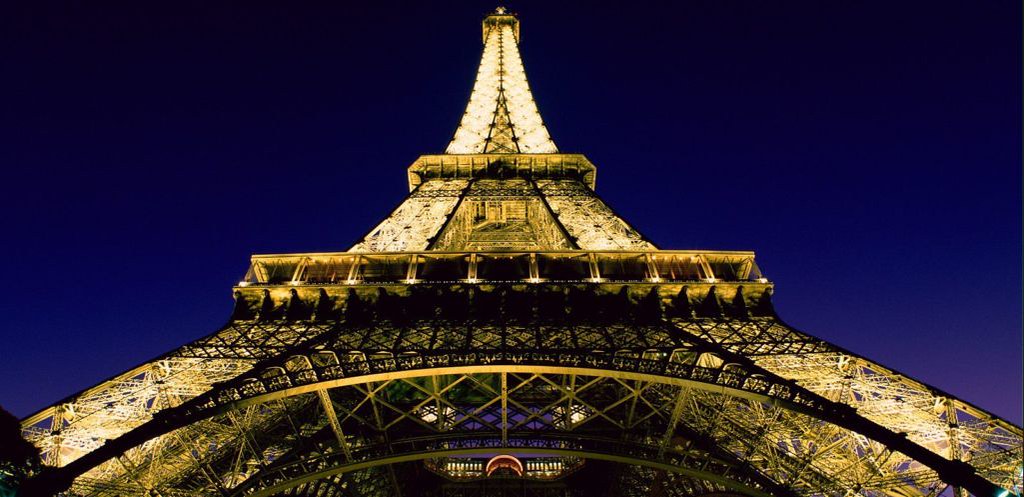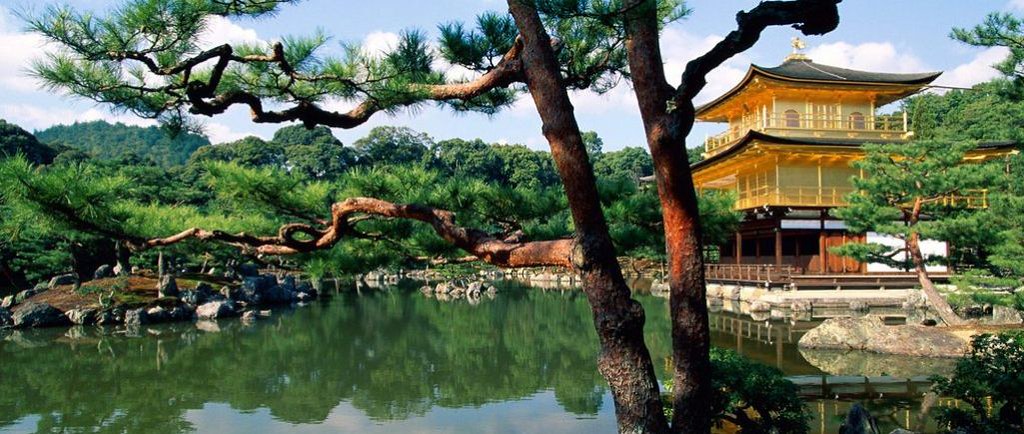 |
| PERU |
 |
| Machu Picchu |
 |
| Machu Picchu terrace structure |
The traditional and most frequent is by train from Cuzco city to the station of Machu Picchu Town (Aguas Calientes). Alternative is the Inca Trail, the trekking route. The are no roads, no cars or buses, there are no airport.
Read more Machu Picchu travel guide











0 comments:
Post a Comment
Welcome and thanks for leaving a comment